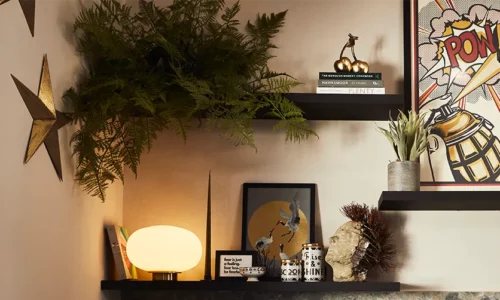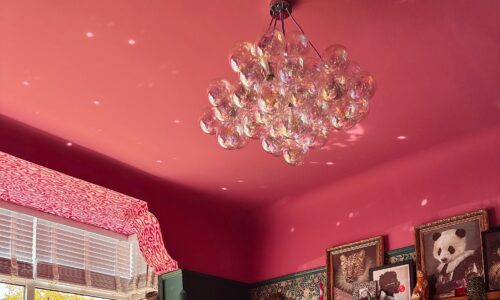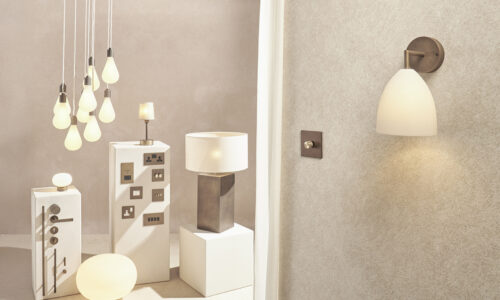What Are the Different Sizes of Light Bulbs? Size Chart & Series Guide
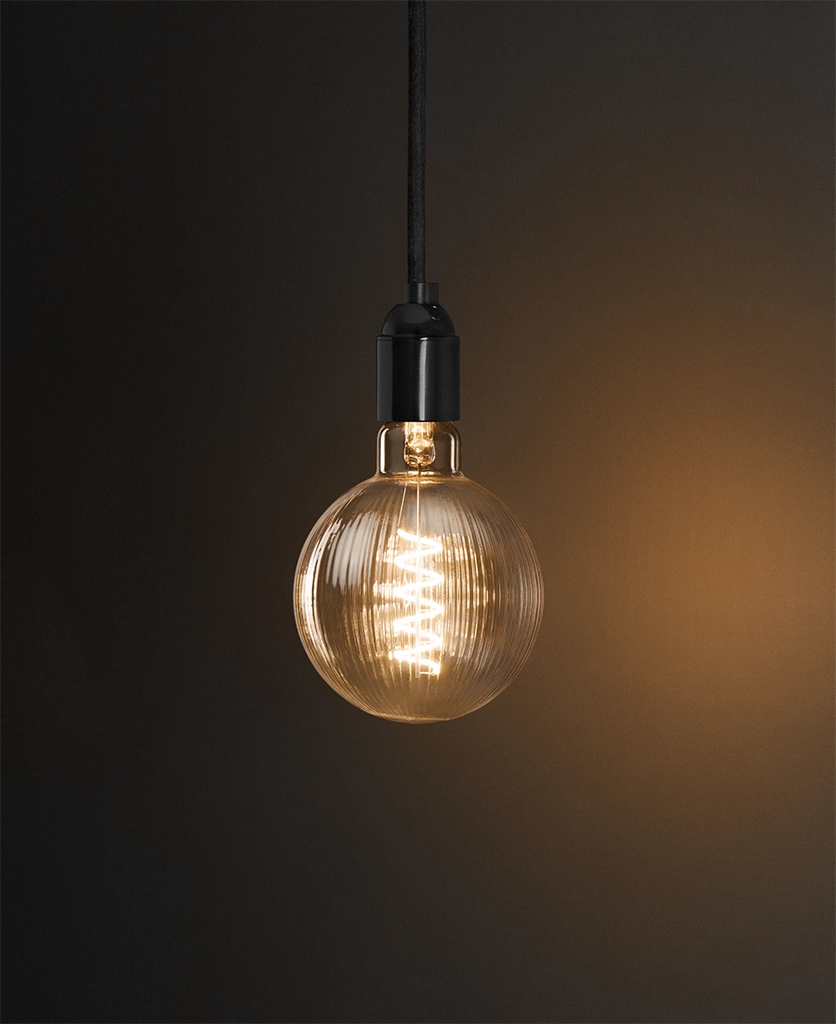
Staring at the wall of light bulbs in front of you, you suddenly feel overwhelmed. With so many different shapes and sizes to choose from, you’re not sure which one will be the right fit for your lighting fixtures.
Determined not to go home from the shop empty-handed, you pull out your phone and search for information on the different types of light bulbs. Scrolling through the different options, you quickly find the style that best suits your needs.
Discover everything you need to know about the different types of light bulbs to help you choose the right light bulbs for your home with confidence.
What are the different sizes of light bulbs?
Take the difficulty out of finding the right light bulbs with this comprehensive guide to the different types. We’ll cover all the necessary information, including the shape and appearance of each bulb type, its common uses, and size chart details.
“Choosing a bulb isn’t just about wattage or warmth — the shape plays a huge role in how your light fitting feels. A classic A-series suits most pendant lights, but go for a T-shape if you want a more architectural look, or a G-series globe to really dial up the drama. These little details are what turn lighting into design.”
James Dowsing-Reynolds, Founder
A series (standard bulb)
Shape and appearance: A-series light bulbs are the most common bulb shape and probably the style that comes to mind when you think of a light bulb, which is why they’re also known as standard bulbs. They’re available with both bayonet (B22) and screw (E27) base types and have a wide range of uses.
Common uses: Standard bulbs are often used in the home and might be used in ceiling lights or table and floor lamps.
A series size chart:
| Light bulb code | A60 |
| Diameter | 60mm |
| Common lengths | 100-110mm |
B/C series (candle bulb)
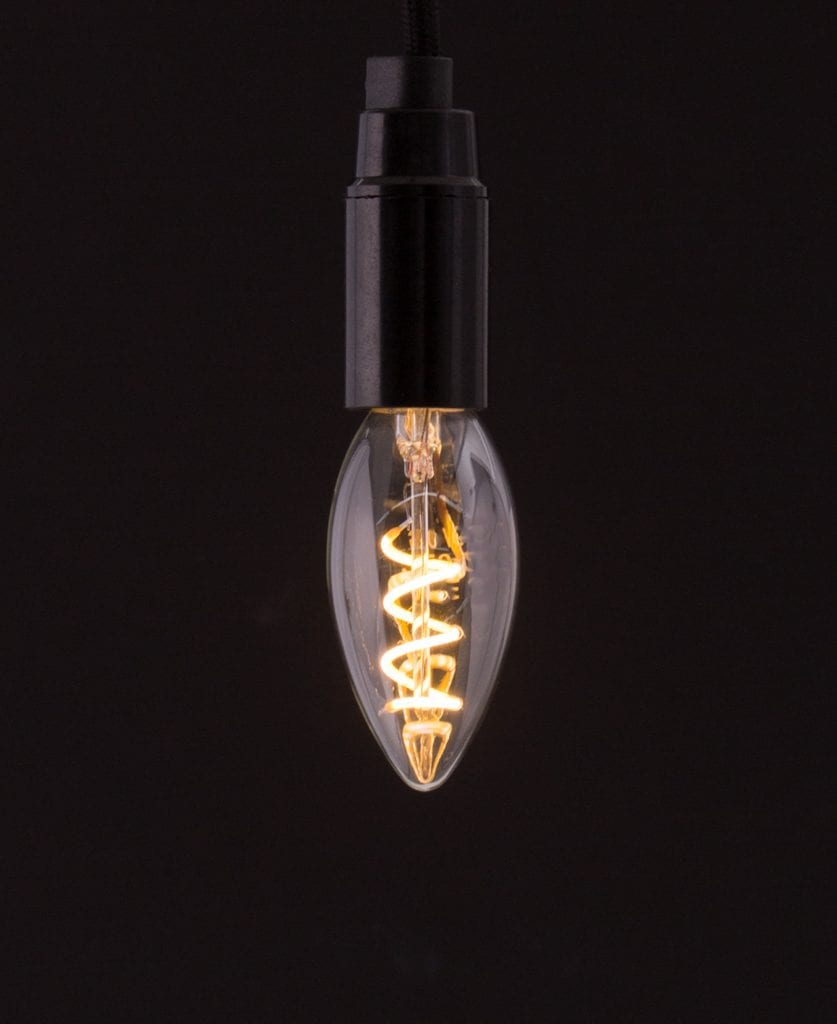
Shape and appearance: Blunt (B) or Conical (C) series bulbs are smaller in size than most other light bulb series and are sometimes known as candle bulbs because their shape resembles a candle flame. These bulbs are available in a range of base types, including E12, ES14, B15, B22, and E27.
Common uses: B and C series light bulbs are typically used for decorative purposes. You’ll often find them used in chandeliers, artificial candles, and other decorative lighting fixtures.
B/C series size chart:
| Light bulb code | B35/C35 |
| Diameter | 35mm |
| Common lengths | 90-100mm |
G series (globe bulb)

Shape and appearance: Globe (G) bulbs have a spherical shape and come in a variety of sizes, ranging from golf ball-sized bulbs for small fixtures to large globes that are designed to be displayed. Larger G series bulbs, such as the Globe spiral filament light bulb, feature LED filaments that give them an aesthetically pleasing look.
Common uses: Globe bulbs are typically used for decorative purposes. You may find them used in pendant lamps, as well as modern bubble chandeliers or similar statement-making fixtures.
G series size chart:
| Light bulb code | G45 | G80 | G95 | G125 |
| Diameter | 45mm | 80mm | 95mm | 125mm |
| Common lengths | 75-78mm | 120mm | 140mm | 165-170mm |
R & BR series
Shape and appearance: Reflector (R) or Bulged Reflector (BR) bulbs have either a flat or bulged surface that helps to diffuse and distribute light more evenly around a room. These bulbs are lined with a reflective material that helps to project light and produce a wide beam angle.
Common uses: R & BR series bulbs can be used in both commercial and residential settings. In the home, you’re most likely to find these bulbs used in kitchen lighting fixtures such as track lights, or in recessed lights which are sometimes used to light hallways or living spaces.
R & BR series size chart:
| Light bulb code | R50 | R63 | R80 |
| Diameter | 50mm | 63mm | 80mm |
| Common lengths | 86-87mm | 100-102mm | 112-118mm |
PAR series
Shape and appearance: Parabolic Aluminised Reflectors (PAR) are very similar to R & BR bulbs, but are shorter in length to make them more suitable for achieving a flushed look or spotlight aesthetic.
Common uses: Like R & BR bulbs, you will typically find PAR series bulbs used in track or recessed lights within the home. Which type of light bulb you choose will depend on the desired effect – Bulged Reflector bulbs produce light with more soft, diffused edges than PAR bulbs.
PAR series size chart:
| Light bulb code | PAR16 | PAR20 | PAR25 | PAR30 | PAR38 |
| Diameter | 50mm | 63mm | 80mm | 95mm | 120mm |
| Common lengths | 50-55mm | 64-89mm | 90-100mm | 90-100mm | 134-136mm |
T series (tube bulb)
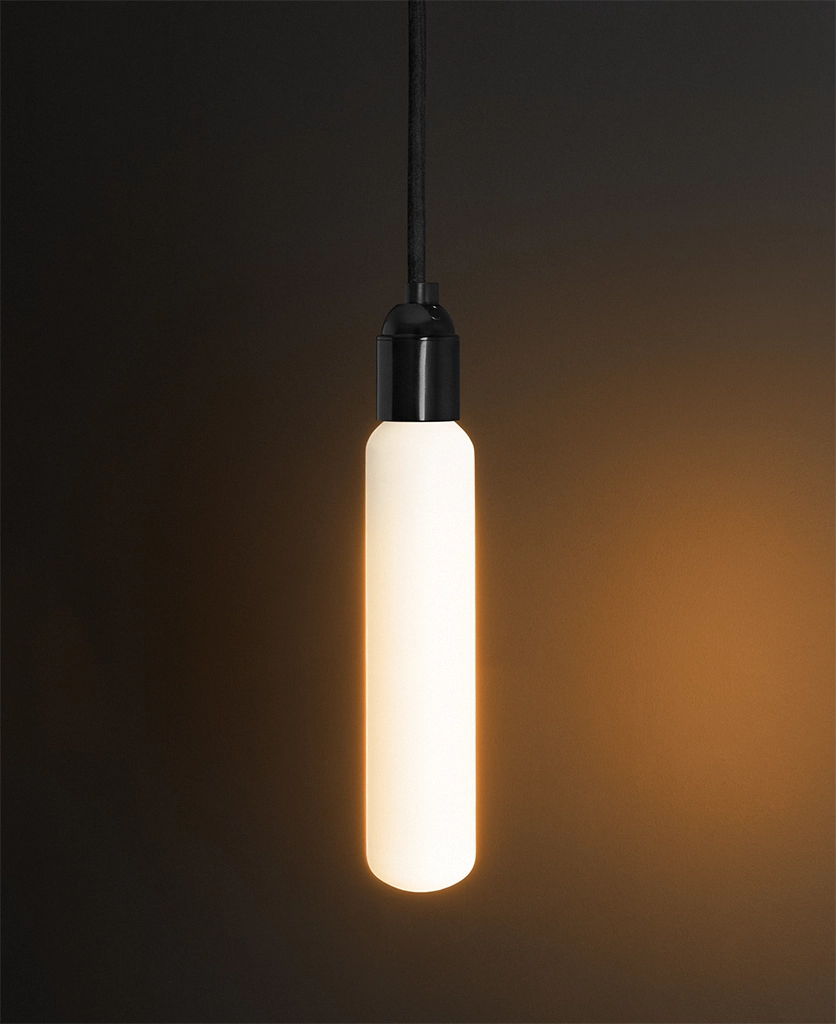
Shape and appearance: Tube or Tubular (T) bulbs are long, tube-shaped bulbs. They’re available in a variety of sizes and styles, from the fluorescent tubes that are often found in warehouses to aesthetically pleasing test-tube shaped bulbs that are used for decorative purposes, such as the Luna tube light bulb.
Common uses: In a domestic setting, you’re most likely to see decorative T series bulbs used in pendant lamps or chandelier lighting fixtures.
T series size chart:
| Light bulb code | T30 | T45 | T5 | T8 |
| Diameter | 30mm | 45mm | 16mm | 26mm |
| Common lengths | 225-300mm | 110mm | 305-1463mm | 330-1220mm |
How do I know which light bulb I need?
Even when you’re familiar with the different types of light bulbs, deciding which ones are most suitable for each fixture in your home can be a challenge. If you need help choosing the right bulbs, check out our ‘What Light Bulb Do I Need?’ blog to find the perfect bulb with ease.
Style tip: ‘To achieve a modern minimalist look with your lighting, consider using oversized bulbs in interesting shapes instead of a lampshade in your light fittings’, says Ally Dowsing-Reynolds, lighting expert and co-founder of Dowsing & Reynolds.

